
Xplor reconnects kids to nature and helps them find adventure in their own backyard. Free to residents of Missouri.


































Stay in Touch with MDC news, newsletters, events, and manage your subscription

Xplor reconnects kids to nature and helps them find adventure in their own backyard. Free to residents of Missouri.

A monthly publication about conservation in Missouri. Started in 1938, the printed magazine is free to residents of Missouri.
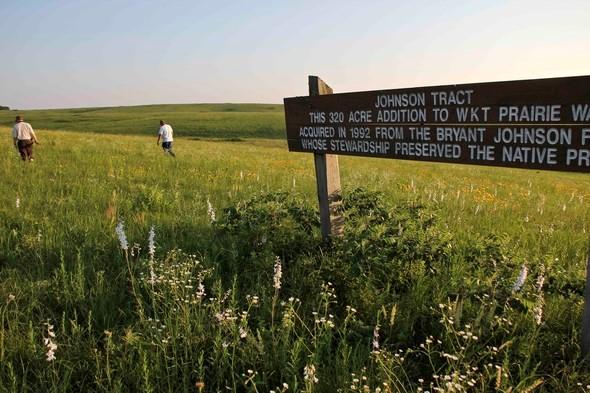
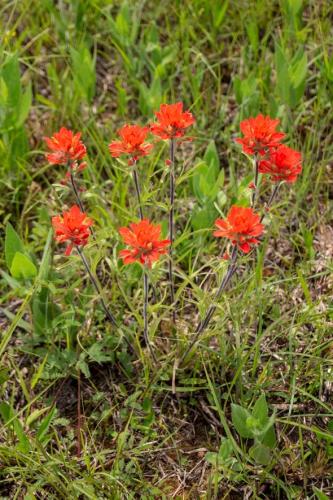
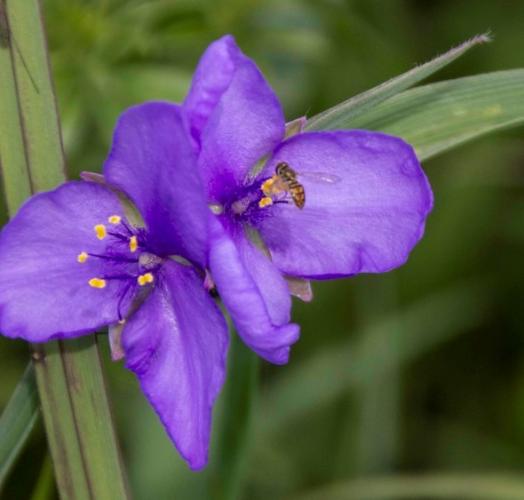
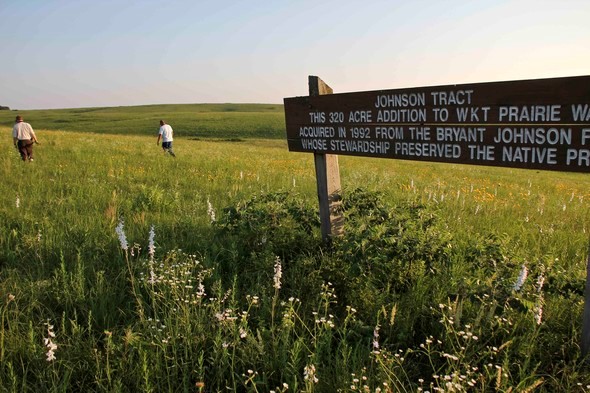
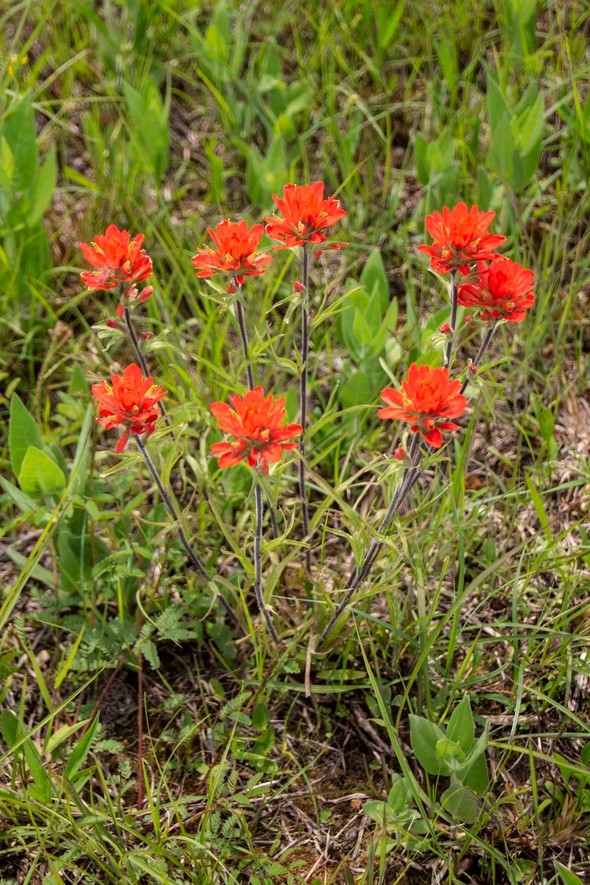
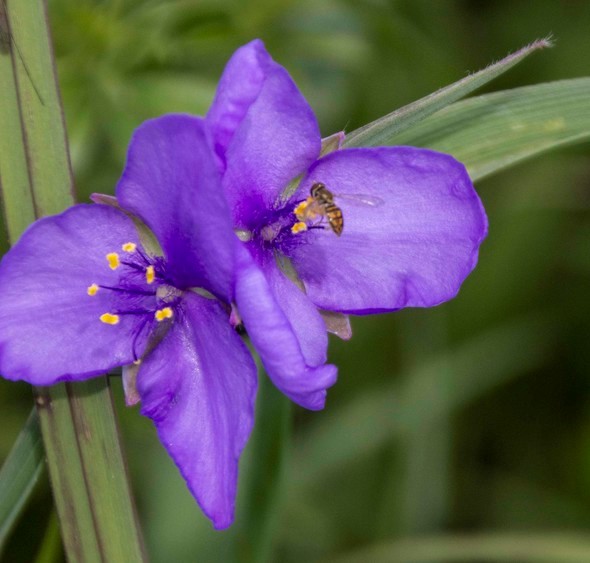
Kansas City, Mo. – Prairies are rewarding places for hikers who enjoy discovering wildflowers and the plant diversity found in grassland ecology. Early summer is a pleasant time to walk across native grasslands, and the Missouri Department of Conservation (MDC) maintains several prairie remnants open to visitors.
A prairie walk can be simple for the person who simply enjoys wildflowers splashing colors against a green grass backdrop. In May, the luminous blue or lavender of spiderwort may stand tall while the bright red bracts surrounding the Indian paintbrush flowers are closer to the ground. Distinctive shooting star blooms may be white, pink or purple. Other blooms such as purple or yellow coneflowers will appear as summer progresses.
What’s blooming on prairies changes as the seasons roll by. MDC biologists and botanists noted some public prairies that might be showy as spring transitions to summer. They include:
Those curious about the tremendous diversity found in native prairie may want to identify flower and grass species spotted, and note the butterflies and other insects on the blooms and leaves. These insects are a staple food during summer for the grassland birds, from various species of sparrows to bobwhite quail.
A day backpack or side bag can carry some handy items for prairie hikers: lightweight books to help identify common wildflowers, native grasses, and songbirds; a journal to note how many different wildflowers are spotted, or perhaps to note where they are seen; a camera lets a visitor capture scenery or record flowers for later identification, lightweight binoculars provide a closer look at birds.
Prairie hikers should carry water. Walking across a prairie with the summer sun can be quite warm and shade is rare. Plus, a visitor tends to linger longer than planned when interesting blooms or signs are found. Take insect repellent, ticks are common in the grasslands. Trails or service roads can sometimes provide an open route through a prairie. But the most interesting walks are taken by tromping directly through green growth, which can include the occasional briars. Most experienced prairie hikers wear boots and long pants.
From the road, a prairie remnant may look like a somewhat level walk through homogenous green growth. But walking within, a visitor may encounter small rivulets or creeks flowing with clear water. Watch for fish in deeper pools. Crossings can be boggy at small wetlands. Vegetation may vary from thick to thin, tall to short. Some flowers may bloom profusely while others may grow almost hidden in only a few spots.
Visitors should never dig or disturb native plants. Prairie plants for home landscaping use can be obtained from commercial growers.
To learn more about prairies and prairie species in Missouri, visit https://short.mdc.mo.gov/ZxM
Anyone interested in protecting or restoring a prairie remnant on their private property can find assistance from MDC at https://mdc.mo.gov/property. In some cases, landowners may also be connected with state or federal financial assistance for habitat or grazing improvement practices.
To learn more about prairies and prairie species in Missouri, visit https://short.mdc.mo.gov/ZxM.